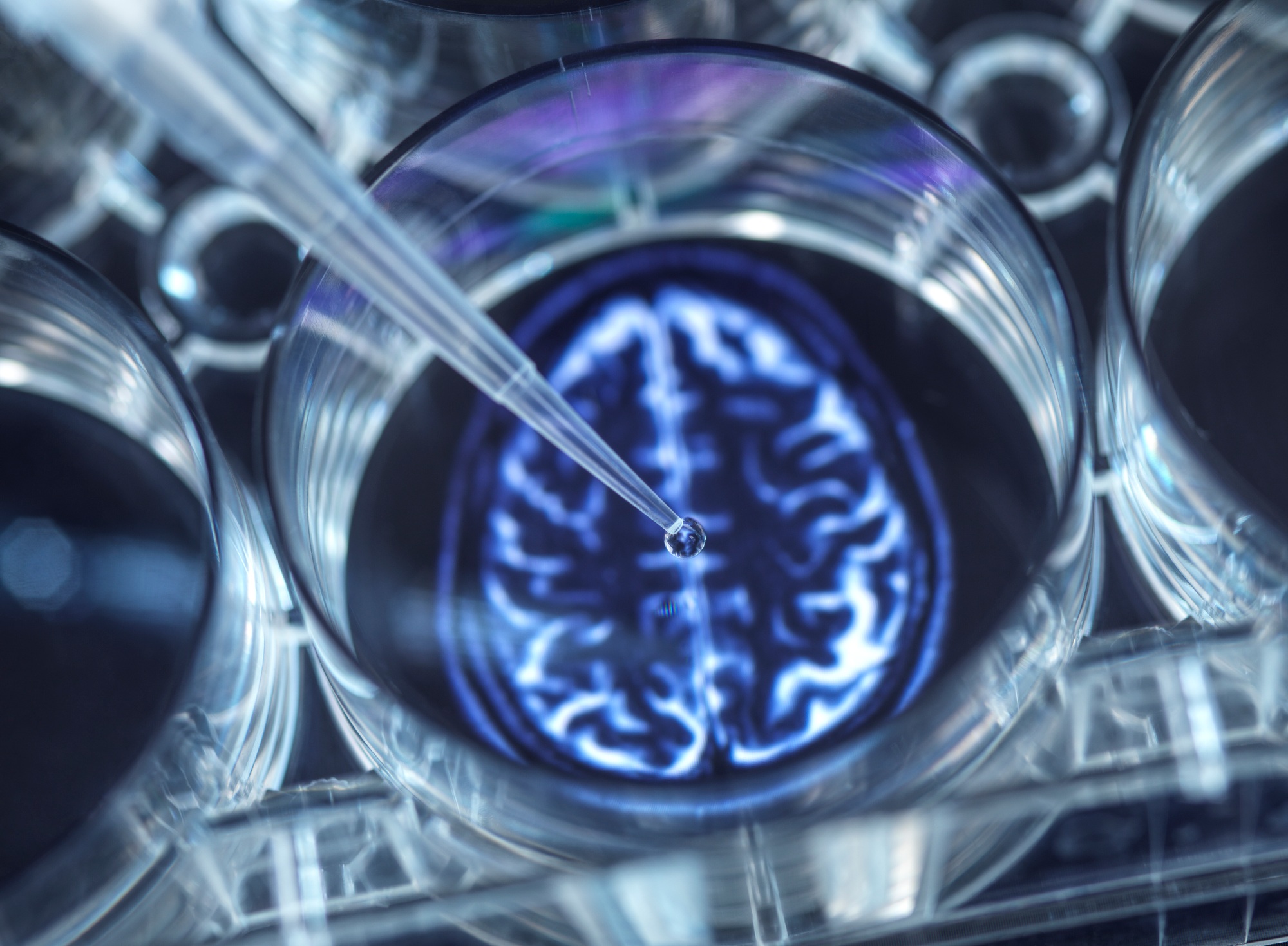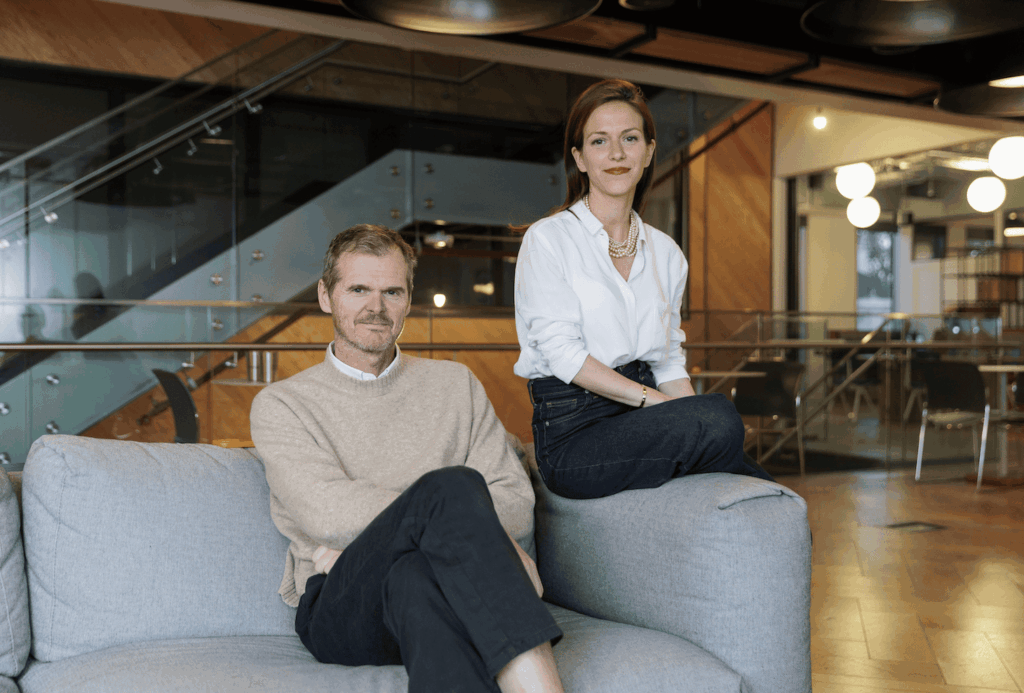Insider Brief
- Researchers and companies like Google’s Quantum AI Lab and Nirvanic are exploring whether quantum computing can help unravel the mysteries of consciousness, including its potential quantum origins.
- Hartmut Neven suggests quantum phenomena like entanglement could underlie consciousness and proposes experiments entangling human brains with quantum computers to test the hypothesis.
- Nirvanic aims to merge quantum computing, artificial intelligence and theories of quantum consciousness to develop AI systems capable of moral reasoning and adaptability in dynamic environments.
The once shiny, exciting use cases for quantum technology may turn out to be pretty mundane if a small, but courageous band of researchers proves their theories correct. After all, using quantum computers to find new drug treatments, navigate the world without global positioning systems, and optimize complex portfolios may seem downright boring compared to using them to explore the myriad of questions that surround the hard problems of consciousness. Questions like: what the heck even is consciousness — and, does it have a connection to quantum mechanics? And, can quantum computing help make robots conscious — and should we make them conscious?
Tough questions, for sure, but here we’ll introduce a few researchers and entrepreneurs who are heading in that direction right now and leaning into what might turn out to be the ultimate quantum computing use case of all time: consciousness.
Google’s Quantum Artificial Intelligence Lab Founder’s Quantum Consciousness Quest
Hartmut Neven, a physicist and computational neuroscientist leading Google’s Quantum Artificial Intelligence Lab, believes quantum computing could help explore consciousness. Speaking to New Scientist, Neven outlined experiments and theories suggesting consciousness might emerge from quantum phenomena, such as entanglement and superposition, within the human brain. He proposes leveraging quantum computers to test these ideas, potentially expanding our understanding of how the mind interacts with the physical world.

Neven’s views build on controversial theories, including those by physicist Roger Penrose, who suggested consciousness might involve quantum states collapsing into singular realities. While many scientists dismiss such ideas as speculative, Neven insists they are worth investigating, particularly with advanced quantum technologies like Google’s Willow processor.
“My general stance when describing the world is physicalism, which states that every phenomenon we witness can be explained as a manifestation of matter,” Neven told New Scientist. “But the only phenomenon that we are certain exists is conscious experience. Everything starts from experience; without mind, nothing matters.
The Quantum Multiverse and the Mind
At the heart of Neven’s theory is the multiverse interpretation of quantum mechanics. According to this view, every quantum event creates a branching of realities, forming parallel universes. Neven suggests consciousness could be the mechanism by which humans experience one specific branch of this multiverse. He believes quantum phenomena may underlie the binding problem in neuroscience — the challenge of understanding how the brain integrates sensory inputs into a unified experience.
“We can solve this by proposing that entanglement between qubits creates a unified conscious experience,” Neven said. “Entanglement is the only true binding agent we have in physics, as it allows for the creation of holistic states where individual components are fundamentally interconnected. Thus, entanglement offers an elegant solution to the binding problem.”
Testing the Quantum Consciousness Hypothesis
To test these theories, Neven proposes experimental setups that combine human brains and quantum computers. He told New Scientists that one experiment involves “entangling” a person’s brain with qubits in a quantum processor. By inducing superpositions and collapses in the expanded system, researchers could determine whether participants report richer or altered conscious experiences.
He calls this the “expansion protocol,” hypothesizing that entanglement might temporarily enhance conscious awareness by increasing the informational complexity available to the brain. While technically challenging, this approach could offer a novel way to investigate the quantum underpinnings of consciousness.
Clues from Anesthetics and Microtubules
Neven also points to research on anesthetics as providing potential evidence for quantum effects in consciousness. Some studies suggest that different isotopes of inert gases like xenon, which vary only in quantum properties such as spin, exhibit different anesthetic potencies. These findings could indicate that quantum states play a role in how consciousness arises and is disrupted.
Neven also draws on Penrose’s collaboration with Stuart Hameroff, who theorized that protein structures in neurons called microtubules might function as biological qubits. While this idea remains speculative, it provides a framework for exploring how quantum phenomena could manifest in the brain, Neven suggests.
Overcoming Skepticism and Technical Barriers
Neven acknowledges that these ideas are met with skepticism. Many scientists see consciousness as outside the domain of physics or regard quantum consciousness theories as speculative at best. However, Neven believes the field is entering a “pre-paradigmatic” phase, where bold hypotheses and interdisciplinary methods could pave the way for breakthroughs.
One practical challenge is creating non-invasive methods to couple human brains with quantum computers. Techniques like nuclear magnetic resonance could allow researchers to probe quantum states in brain tissue without causing harm. Neven admits these technologies are still in early development, they hold promise for future experiments.
He told the magazine, “But at this point, we are still too early in our research to attempt to specify this in any further detail.”
If Neven’s theories prove correct, they might also raise profound ethical questions. For instance, should enhanced consciousness be accessible to all, or could it exacerbate inequalities? What responsibilities would researchers and companies have in deploying such transformative technologies?
Nirvanic AI: Consciousness as a Computational Problem
Another player exploring the intersection of quantum computing and consciousness is Nirvanic, a startup aiming to address not just the questions of quantum computing and consciousness, but adding one more wrinkle to the use case — artificial intelligence — to investigate whether consciousness can be understood — and replicated — as a computational process?
Nirvanic’s work also builds on the Penrose-Hameroff ORCH-OR theory, which, as mentioned above, hypothesizes that quantum phenomena occurring within microtubules in the brain enable living organisms to process massive amounts of information simultaneously. The theory further suggests that this capacity allows humans to make optimal decisions in unpredictable scenarios.
Nirvanic’s approach involves applying these quantum principles to AI. The goal is to develop systems capable of transitioning between routine, automated functioning and states of heightened awareness, mirroring human behavior.
For example, a driver might navigate a familiar route on “autopilot” but immediately switch to full alertness when a sudden hazard appears. Nirvanic envisions AI systems that could achieve similar adaptability.
Quantum Meets Artificial Intelligence
At the heart of Nirvanic’s research is the use of quantum computing technologies, which, like Neven’s suggestions, would rely on phenomena like superposition and entanglement to explore problems beyond the capabilities of classical computers. The startup aims to harness quantum computing to enable AI systems to evaluate multiple possibilities simultaneously, mimicking the hypothesized quantum processes of the human brain.
This capability could address one of the biggest limitations of traditional AI systems: their reliance on pre-trained models, which struggle to handle unfamiliar or unexpected inputs. Quantum-enhanced AI, Nirvanic argues, could adapt in real-time, improving safety and efficiency in fields such as autonomous vehicles, robotic caregiving, and industrial operations.
By combining quantum computing and AI, Nirvanic hopes to create technology that operates not only with higher efficiency but also with an understanding of context and nuance. These systems, the company claims, could eventually navigate human environments with a level of intuition and moral reasoning far beyond today’s AI.
Quantum Computing, Consciousness And AIs With Moral Clarity
While the idea of AIs capable of moral reasoning might seem unsettling, the company argues that the real concern lies in systems that lack this capability.
While current AI systems are capable of impressive feats, they often lack the ability to anticipate the consequences of their actions in dynamic environments. This shortcoming raises alarms, particularly when such systems are deployed in high-stakes settings.
Nirvanic argues that the real danger lies in unconscious AI — machines that blindly follow their training data without the ability to reason or adapt. The company’s vision for “artificial consciousness” is aimed at addressing this gap, ensuring AI systems can operate in harmony with human values.
Suzanne Gildert, CEO and founder of Nirvanic writes on the company’s blog: “So when people say they’re afraid of AI, we think it’s unconscious AI they’re worried about—AI that isn’t equipped to handle the unpredictable nature of human environments. That’s what we want to change. We envision an AI that doesn’t just operate alongside people but actively supports them.”
A Philosophical and Technological Challenge
Nirvanic’s ambition is not without its challenges, both technological and philosophical. Consciousness has long been considered one of the most enigmatic phenomena in science, described by philosopher David Chalmers as the “hard problem.” The question of how subjective experiences arise from physical processes remains unresolved, and theories like ORCH-OR remain controversial.
Critics of quantum consciousness theories often point to the lack of empirical evidence and argue that introducing quantum mechanics into neuroscience may be unnecessary. Yet Nirvanic sees these challenges as opportunities to push the boundaries of both AI and our understanding of the mind.
She writes, “As a roboticist and quantum physicist, I find the brain’s computation of consciousness a miracle. What if we could harness it?”

















